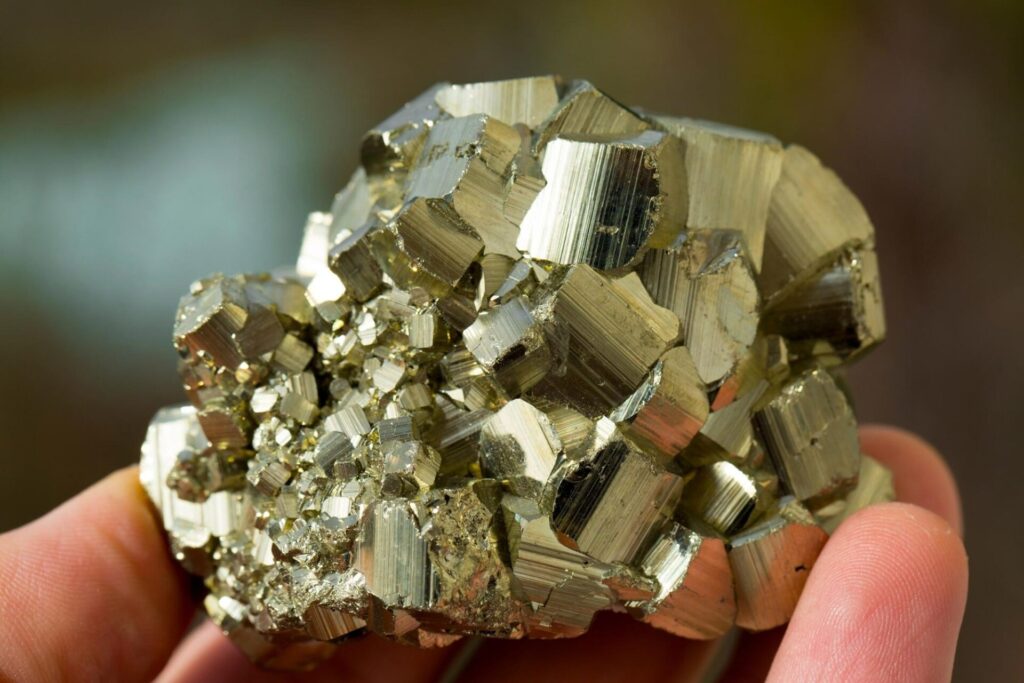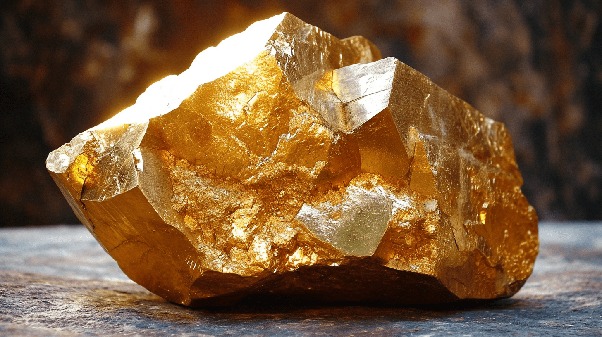
Pyrite as a lithium source “is unheard of,” but could be big news for batteries.
Pyrite, with its glittering golden hue, often deceives us with false promises of riches for a rock that’s not inherently valuable. However, a recent revelation suggests that there might be more to “fool’s gold” than meets the eye. Pyrite samples sourced from the United States have unveiled a surprising discovery – a significant presence of the chemical element lithium (Li), a crucial component in the ongoing battery revolution.
“This association of pyrite with lithium is unheard of,” stated Shailee Bhattacharya, a sedimentary geochemist and doctoral student collaborating with Professor Shikha Sharma in the IsoBioGeM Lab at West Virginia University. The team’s groundbreaking findings will be presented at the European Geosciences Union (EGU) General Assembly 2024.

Their investigation focused on analyzing 15 middle-Devonian sedimentary rock samples from the Appalachian basin in the United States. The analyses revealed an unexpected abundance of lithium within pyrite minerals in shale, challenging conventional wisdom.
“I am trying to understand how lithium and pyrite could be associated with one another,” Bhattacharya expressed, emphasizing the perplexity surrounding this newfound connection.
The serendipitous discovery occurred during an inquiry into the potential of old industrial sites as viable lithium sources. These sites could encompass mining tailings, residual mineral deposits left after extracting the desired minerals.
Remarkably, pyrite minerals in shale emerged as a particularly rich source of lithium, potentially signaling a boon for the battery revolution. However, the team advises cautious optimism, noting the necessity of further exploration. It remains uncertain whether this lithium-rich pyrite is prevalent across various sites or confined to specific locations like those examined in this study.

This revelation sheds light on promising new avenues for lithium extraction, often dubbed “white gold,” as the world pivots towards greener energy solutions. Lithium’s exceptional reactivity makes it indispensable for efficiently storing and releasing electrical energy, making it a cornerstone of sustainability efforts. Yet, the current production levels fall significantly short of anticipated demands.
“We currently produce around 100,000 tonnes [of lithium] each year,” revealed data scientist Hannah Ritchie from Oxford University. “By 2030, the IEA projects that we’ll need 2.5 to 5 times as much: 240,000 to 450,000 tonnes.”
In essence, the challenge lies not in lithium scarcity but in scaling up production to meet burgeoning needs. In this context, unconventional sources like pyrite present a promising solution. Moreover, leveraging pyrite as a lithium source could align with sustainability goals, as it involves repurposing material from previous industrial activities, minimizing waste generation.

“While the primary ores of Li (pegmatite, salar brine, and volcanic-associated clay) are generally well-understood, it would be desirable to identify additional Li sources that could be safely and economically exploited,” the researchers highlighted in their abstract. “Using material from previous industrial operations (e.g., mine tailings or drill cuttings) as a source of additional Li would be attractive as it would generate little or no new waste material.”
In conclusion, the humble “fool’s gold” might just hold the key to unlocking a more sustainable future, offering a glimmer of hope in our quest for cleaner energy solutions.

Leave a Reply